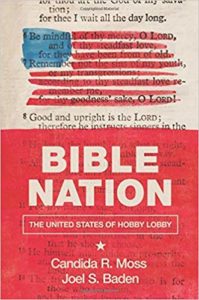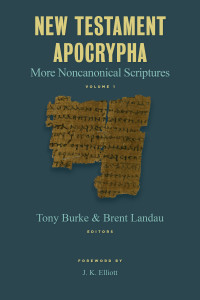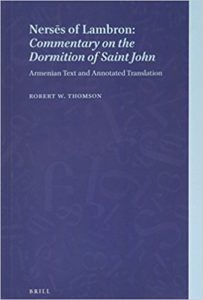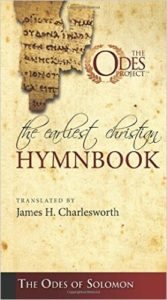2018 SBL Diary: Day Three
A busy day 3 began with a NASSCAL executive breakfast in our swanky hotel lounge (we had to smuggle a few of the exec. in; this is what happens when you give the hoi polloi something nice—we just take advantage). The NASSCAL board was about to change over after the Material of Christian Apocrypha conference in Charlottesville, so I gave my final update as President on the status of our various projects—including e-Clavis (with over 80 entries now completed) and the Early Christian Apocrypha series (the first two books are now in the hands of their new publisher: Wipf & Stock)—and we discussed possibilities for a second NASSCAL conference in Austin in 2020.
The first panel on my schedule for the day was the joint session of the Christian Apocrypha and Religious Competition in Late Antiquity sections. Jacob A. Lollar (Florida State University) started things off with “What Has Ephesus to Do with Edessa? The Syriac History of John, the Cult of the Dea Syria, and Religious Competition in Fourth-Century Syria.” The History of John has received little interest in scholarship, in part because of its (likely) language of composition (there still aren’t enough of us able to work in Syriac) and because it is considered secondary to the earlier Acts of John in Greek. Nevertheless, the text has some interesting qualities, not least is the fact that its story is told in Ephesus (and the author seems to know the city well) yet, Lollar believes, it was composed in …




